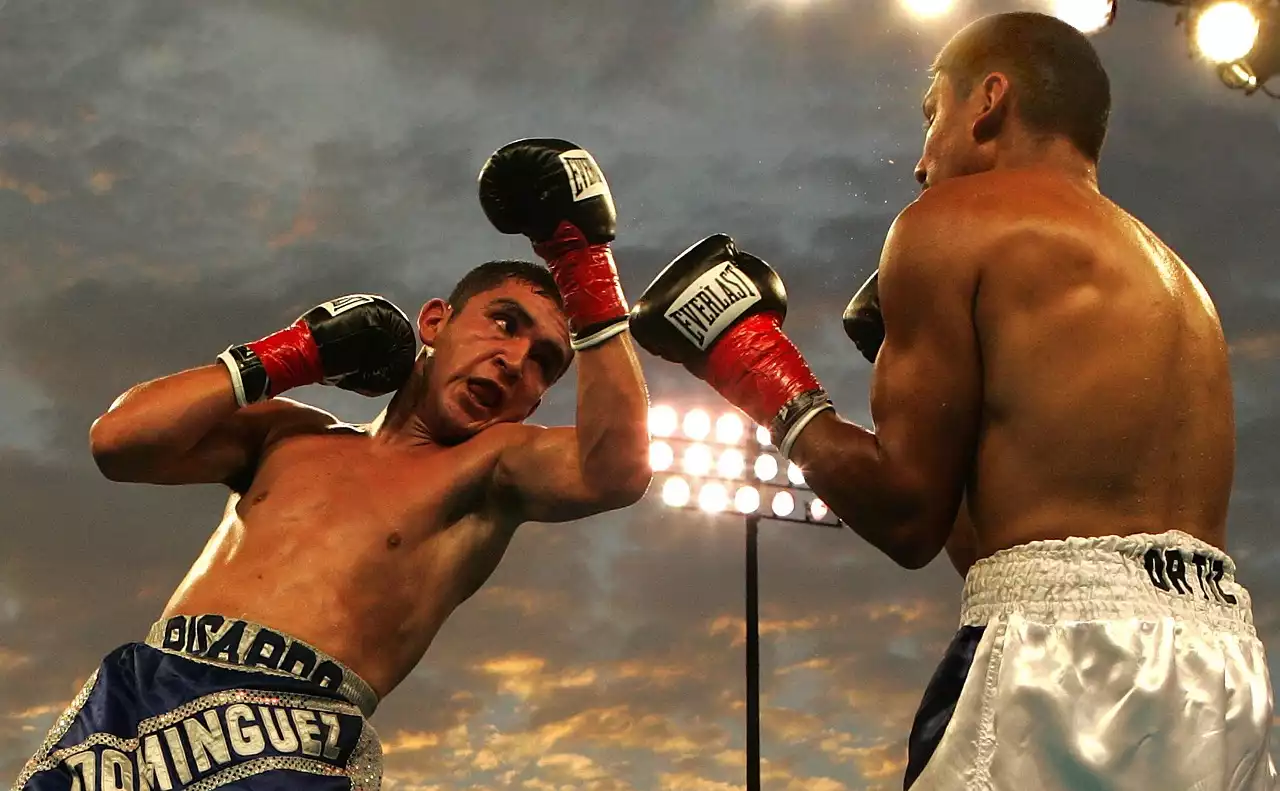History of the Counterpuncher Style
The counterpuncher style of boxing has been around for centuries. It was one of the earliest styles of boxing and was used by fighters in the Ancient Olympic Games. In modern boxing, the style has evolved and is still used by some of the most successful fighters in the sport. Some of the earliest examples of the counterpuncher style were seen in the early days of bare-knuckle boxing when fighters such as John L. Sullivan used the strategy to great effect.
In modern boxing, the counterpuncher style has been used to great success by some of the greatest boxers in history, such as Muhammad Ali and Joe Louis. Ali was a master of the counterpuncher style, often using his speed and agility to frustrate opponents and land counterpunches when they least expected it. Joe Louis was also a master of the counterpuncher style, using his defensive skills to outmaneuver opponents and land powerful counterpunches.
Tactics of the Counterpuncher
The counterpuncher style of boxing involves a combination of defensive tactics and counterattacking strategies. The counterpuncher is a defensive fighter who waits for their opponent to make the first move, allowing them to read the situation and react accordingly. They often use their opponent's aggression against them, waiting for the right moment to strike.
Counterpunchers relies heavily on timing and agility, as they often have to quickly read their opponent's moves and react accordingly. They are patient fighters who often use the opponent's missed punches to their advantage. They are often able to wear their opponents down and control the tempo of the fight.
Counterpunchers often rely on a variety of defensive tactics to protect themselves from their opponent's punches. They often use a combination of slipping, bobbing and weaving, and blocking to avoid their opponent's blows. They also use footwork to create angles and avoid their opponent's punches.
Counterpunchers are also known for their counterattacking strategies. They often wait for the right moment to strike, using the opponent's aggression against them. They can land powerful counterpunches when their opponent least expects it.
Advantages and Disadvantages of the Counterpuncher Style
The counterpuncher style of boxing has its advantages and disadvantages. The main advantages of the style are that it is a defensive style that relies heavily on timing, agility, and the ability to read an opponent's moves. It is often able to frustrate opponents and wear them down in the ring, as well as control the tempo of the fight.
The main disadvantages of the style are that it can be difficult to master and requires a great deal of patience. It also requires a great deal of knowledge and experience to be successful. Counterpunchers often rely heavily on their defensive skills, which can be difficult to maintain over a long fight.
Strategies for Counterpunchers
Counterpunchers often rely on a variety of strategies to be successful in the ring. The first strategy is to stay patient and wait for the opponent to make the first move. Counterpunchers should read the situation and react accordingly, using the opponent's aggression against them.
Counterpunchers should also use their defensive skills to protect themselves from their opponent's punches. They should use a combination of slipping, bobbing and weaving, and blocking to avoid their opponent's blows. They should also use footwork to create angles and avoid their opponent's punches.
Counterpunchers should also be ready to counterattack when the opportunity presents itself. They should wait for the right moment to strike, using the opponent's aggression against them. They should be able to land powerful counterpunches when their opponent least expects it.
Training for the Counterpuncher Style
Training for the counterpuncher style of boxing is often different from training for other styles. It requires a great deal of patience and focus, as well as knowledge and experience. Counterpunchers often have to practice their defensive skills and counterattacking strategies to be successful in the ring.
Counterpunchers should focus on developing their agility and reflexes as well as their timing and accuracy. They should practice slipping and bobbing and weaving to avoid their opponent's punches. They should also practice their footwork to create angles and set up counterpunches.
Counterpunchers should also practice their counterattacking strategies. They should work on timing their counterpunches and setting up combinations. They should practice reading their opponent's moves and reacting accordingly.
Counterpunchers vs Aggressive Fighters
The counterpuncher style of boxing is often seen as the opposite of the aggressive style of boxing. Aggressive fighters often rely on their power and aggression to dominate opponents in the ring. They are often seen as the aggressors, using their punches to overwhelm their opponents.
Counterpunchers, on the other hand, are often seen as defenders. They rely heavily on their defensive skills and counterattacking strategies to outmaneuver their opponents. They are often seen as the smarter and more calculated fighters, using their opponent's aggression against them.
The key difference between counterpunchers and aggressive fighters is that the former relies heavily on timing, agility, and the ability to read an opponent's moves, while the latter relies heavily on power and aggression. Each style has its advantages and disadvantages, and it is up to the individual fighter to decide which style is best suited to their strengths and weaknesses.
The Role of the Counterpuncher in Professional Boxing
The role of the counterpuncher in professional boxing is often overlooked, as they are often seen as defensive fighters. However, they are often the key to success in the ring. Counterpunchers often frustrate their opponents and wear them down in the ring, as well as control the tempo of the fight. They are often able to outlast their opponents and land powerful counterpunches when their opponent least expects it.
Counterpunchers are often seen as the smarter fighters, as they rely heavily on timing, agility, and the ability to read an opponent's moves. They are often able to outmaneuver their opponents and land powerful counterpunches when their opponent least expects it.









